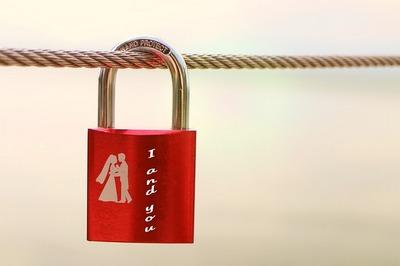Category Archives: politics
Don’t give up on civil discussions on social media
One of the great benefits of today’s social media – and why I urge everyone, young and old, to at least be on Facebook – is that it can connect you to people you know, people you don’t know, and maybe most surprisingly, to people you used to know. When baby boomers starting logging into […]
A Japanese American perspective on Trump and Japan
Many Japanese Americans I know don’t pay much attention to Japan, which I think is a pity. I believe JAs should keep up with news from Japan, and travel to Japan. A lot. However, most JAs I know closely follow the news of Donald Trump’s presidency, and what he’s doing in the US. JAs – […]
Building bridges with the Muslim community
Late last year, Erin and I were lucky enough to travel to New York City to see the Broadway musical “Allegiance” starring George Takei. It’s a story about the incarceration of Japanese Americans during World War II, and it vividly and powerfully brings to life the emotional toll of the experience on JAs for generations […]
Immigration, refugees and the gift of citizenship
I was born in Japan, but because my father was born in Hawaii when it was a U.S. territory, I am an American citizen. I didn’t have to take a test, and recite an oath of allegiance. After my family moved to the States in 1966, I remember helping my mother, who’s from a small […]
The students protesting for their high school history curriculum are fighting for JAs, too
I grew up as part of a generation that found our collective voice in protest, for African American civil rights, against the war in Vietnam, and to advocate for women’s and LGBT rights and Asian American studies. College students have been at the forefront of many of these social movements. The Student Non-Violent Coordinating Committee […]
